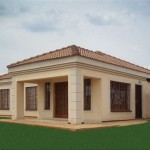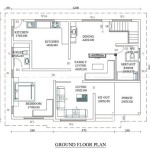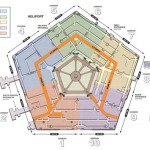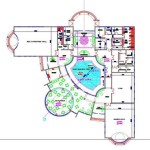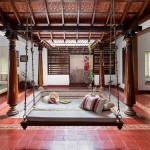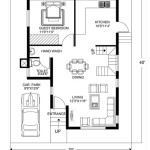Sparrow House Plans: Essential Aspects
Sparrow houses are small, enclosed structures designed to provide shelter and nesting sites for sparrows. They play a crucial role in supporting bird populations, especially in urban areas where natural nesting sites are scarce. When building or choosing sparrow house plans, several essential aspects need to be considered to ensure the well-being and safety of the birds.
Size and Shape
Sparrow houses should be approximately 6x6x8 inches in size, with a circular or square entrance hole of 1.25 inches in diameter. The shape of the house can vary, but it should provide ample space for the sparrows to move around comfortably while nesting. Avoid using sharp or protruding materials that could injure the birds.
Entrance Hole Height
The entrance hole should be placed 4 to 6 inches above the floor of the house. This height discourages predators, such as cats or snakes, from reaching the nest. It also ensures adequate ventilation while protecting the birds from the elements.
Ventilation
Proper ventilation is essential for the health of the birds. Ensure that the house has small holes or vents near the top to allow for air circulation. This prevents the accumulation of moisture and harmful gases inside the house.
Drainage
Drainage holes in the floor of the house allow water to escape, preventing the nest from becoming damp and unsanitary. Without proper drainage, the nest material can rot, creating an environment conducive to mold and bacteria.
Roof
The roof of the sparrow house should overhang the entrance hole to provide protection from rain and snow. The roof should also slope slightly to facilitate water runoff.
Mounting
Sparrow houses can be mounted on poles, trees, or building walls. The mounting location should provide protection from predators, direct sunlight, and strong winds. It should also be easily accessible for monitoring and cleaning.
Materials
Sparrow houses can be constructed from various materials, including wood, plastic, and metal. Natural untreated wood is a popular choice as it provides insulation and is durable. Avoid using materials that can leach harmful chemicals into the environment or that may overheat in the sun.
Maintenance
Regular cleaning and maintenance are essential for the longevity of the sparrow house. Remove old nesting material and clean the house thoroughly at the end of each nesting season to prevent the accumulation of parasites and diseases.
Additional Considerations
- Consider adding a perch near the entrance hole to provide a resting spot for the birds.
- Avoid using treated lumber or wood with chemicals that could harm the birds.
- Place the sparrow house in a quiet, safe location away from human activity.
- Monitor the house regularly for signs of nesting activity or any potential issues.
By considering these essential aspects in your sparrow house plans, you can provide a safe and comfortable nesting environment for these small birds, supporting their populations and contributing to the local ecosystem.

House Sparrow Dimensions Hole Size Build Or Information

Free Bird House Plans Bluebird Purple Martin Wren More

Bird House Plans Houses Free

House Sparrow Nest Box

Birdhouse Plans Easy One Board Diy Project Projects Patterns Monograms Designs Templates

The Wildlife Garden Build Nest Boxes For Wild Birds Osu Extension Service

Sparrow Er Designs And Instructions

Purple Martin Bird House Plans 16 Unit Construct101

Bachmans Sparrow Coastal House Plans From Home

Nestbox Design For Garden Birds


